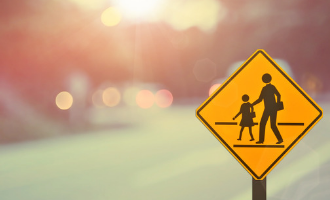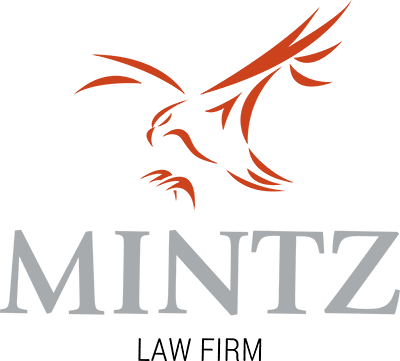Crosswalk Safety and What to Do Following an Accident
 Even a cursory glance at our blog will show that traffic safety is a focus of ours — and for good reason. While many of the tips we’ve given in the past have concerned how to drive a motorized or non-motorized vehicle safely, what we’d like to do today is discuss crosswalks.
Even a cursory glance at our blog will show that traffic safety is a focus of ours — and for good reason. While many of the tips we’ve given in the past have concerned how to drive a motorized or non-motorized vehicle safely, what we’d like to do today is discuss crosswalks.
No matter where you live, you’re bound to encounter a crosswalk from time to time. These areas are typically safe, but as you might expect, accidents do happen. For this reason, let’s take a look at a few aspects of crosswalk safety and what to do if an accident occurs.
Colorado’s Revised Statutes and Safety Guidelines
The State of Colorado realizes that it has a responsibility to protect its citizens from harm as best it can, and lawmakers have enacted numerous laws and regulations over the years to do exactly that. Since so many people travel by alternative means throughout most areas of the state – be it on foot, on a bike, or on a scooter – these travelers have received increased attention. Three years ago, Colorado Revised Statutes made changes to Part 8 of Title 42 that focused on pedestrians. This section primarily covers a pedestrian’s right-of-way whether in a marked or unmarked crosswalk, rules of crossing at places other than crosswalks, prohibited crossing, and other related subjects and changes. You can read the full text of the Uncontrolled Pedestrian Crossing Guidelines here.
In addition to these statutes, pedestrians can do their part by following these simple crosswalk guidelines:
- Follow the old adage of looking both ways before crossing.
- Always assume that drivers don’t see you.
- Never assume that a driver will slow down or stop before it actually happens.
- Keep your eyes on the road and off of electronic screens.
- Use marked crosswalks whenever possible.
Denver’s Vision Zero Initiative
As inferred above, the State of Colorado has made public safety one of its top priorities, but municipalities are also being proactive. This can especially be seen in Denver’s Vision Zero Initiative, which was enacted in 2015 when city officials decided to take action to reduce the number of traffic-related deaths — a metric that has, sadly, increased steadily year over year. This culminated in the Denver Vision Zero Action Plan, a five-year plan to put the city on the path to zero serious traffic injuries or deaths by the year 2030. A lofty goal, to be sure, but one that the city is taking very seriously by improving street design, revising speed limits, creating a culture of safety, and increasing the number of bike lanes.
What to Do If You’re Hit by a Car in a Crosswalk
Crosswalk accidents are no joke. Large motor vehicles like cars, trucks, and SUVs are especially dangerous and can cause severe injury. If you do get hit in a crosswalk, here’s what you should do:
- Call 9/11 immediately, if possible, or have someone on the scene make the call.
- Don’t make sudden movements if you believe you’ve been injured.
- Give the police a proper description of exactly what happened.
- Never assume liability on the scene, even if you believe you were at fault.
- If possible, get photos of the scene to document your location in the crosswalk/intersection and the location of the vehicles involved.
- Reach out to your insurance company, then a qualified attorney and let them coordinate.
Crosswalk safety is something that every person should consider, whether you’re primarily on foot or spend most of your time behind the wheel of a motor vehicle. No matter how careful you are, however, accidents do happen and that’s when you need legal assistance to ensure that you’re properly protected and receive fair compensation for any injuries. If you’re involved in a crosswalk accident of any type, contact the experienced attorneys at Mintz Law Firm for a no-risk consultation.
